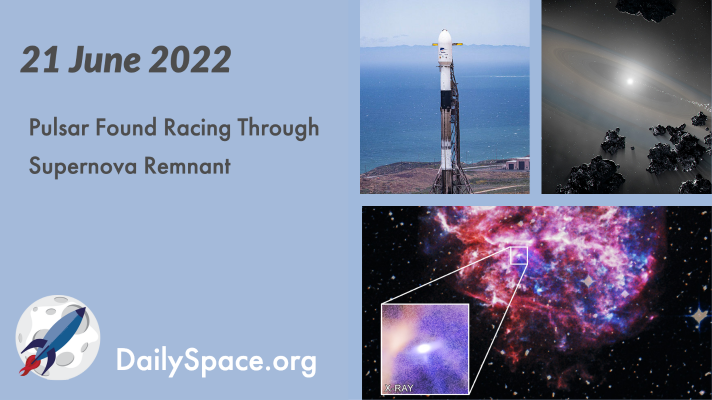
Jun 22, 2022 | AAS, Daily Space, Galaxies, Neutron Stars / Pulsars, Rockets, Spacecraft, SpaceX, Star Forming Region, Starlink, Stars, Supernovae Remnants, White Dwarfs
Researchers using the Chandra X-ray Observatory have found that a known pulsar is moving through a supernova remnant at over one million miles per hour. Plus, the life and death of stars, new pictures of the Large Magellanic Cloud, and all of the SpaceX rocket launches.
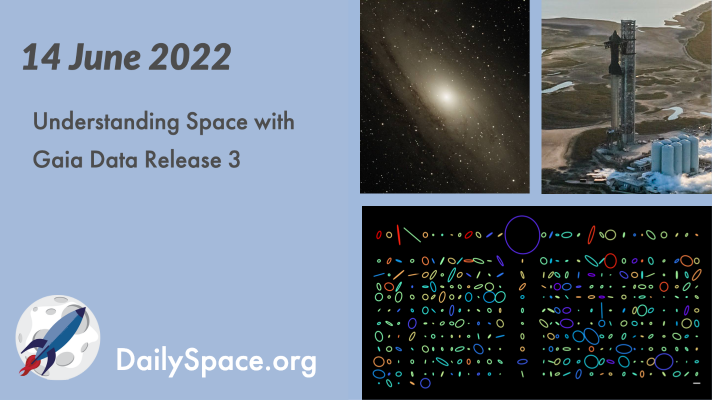
Jun 15, 2022 | Active Galaxies, Daily Space, ESA, Galaxies, Rockets, Science, Spacecraft, SpaceX, Stars, White Dwarfs
The Gaia mission released its third ‘treasure trove’ of observations and calculations of more than two billion stars in the Milky Way, including ‘starquakes’, stellar DNA, binary star systems, and more. Plus, day one of the American Astronomical Society press conferences and updates on Starship and NASA’s TROPICS-1 mission.
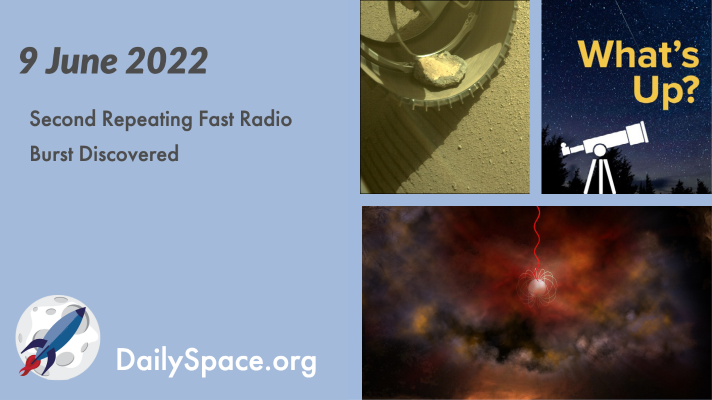
Jun 10, 2022 | Daily Space, Fast Radio Bursts, JWST, Mars, Neutron Stars / Pulsars, Perseverance, Rockets, Sky Watching, Space Policy, Spacecraft, SpaceX, Starlink
A second repeating fast radio burst was detected in 2019 by China’s FAST observatory and confirmed in 2020 by the Very Large Array. This latest discovery raises the possibility that there are two different types of FRBs. Plus, a SpaceX commercial launch, mission updates, neutron stars, and this week’s What’s Up.
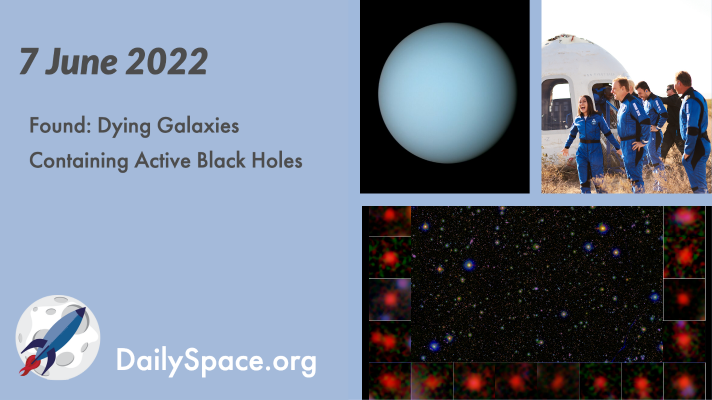
Jun 8, 2022 | Asteroids, Blue Origin, Climate Change, Cosmology, Crewed Space, Daily Space, Earth, Galaxies, Neptune, Rockets, ROSCOSMOS, Space China, Spacecraft, Supermassive Black Holes, Uranus
Astronomers combined observations of far distant galaxies exhibiting no signs of star formation and found active supermassive black holes that may have contributed to the evolution of their parent galaxies. Plus, rocket launches, detecting earthquakes, and why Uranus and Neptune are different shades of blue.
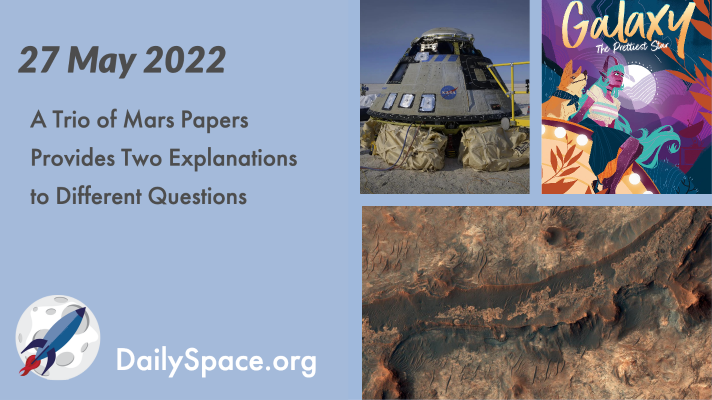
May 31, 2022 | Crewed Space, Daily Space, Earth, ESA, Mars, Perseverance, Review, Rockets, The Sun
Today, we take a look at three recent papers attempting to explain various phenomena on Mars. One uncovers the cause of discrete aurorae. Another explains the martian haze. And a third actually ends up with more questions than answers. Plus, Boeing’s OFT-2 returns to Earth, ESA’s Solar Orbiter makes its closest approach, and Dr. Pamela reviews the new graphic novel “Galaxy: The Prettiest Star” by Jadzia Axelrod.

May 27, 2022 | Climate Change, Comets, Cosmology, Daily Space, Earth, Guest Interview, JWST, Rockets, Spacecraft, SpaceX
Due to the gravitational pull of Jupiter on the fragments and dust of comet 73P/Schwassmann-Wachmann, Earth’s orbit may be moving through a dense portion of the comet’s trail on May 31. This alignment could result in an unusually spectacular meteor outburst, and we’ll interview astronomer Pierre Martin about this possible event. Plus, a SpaceX launch that wasn’t Starlink, a new solar sail, and JWST.








 We record most shows live, on Twitch. Follow us today to get alerts when we go live.
We record most shows live, on Twitch. Follow us today to get alerts when we go live.